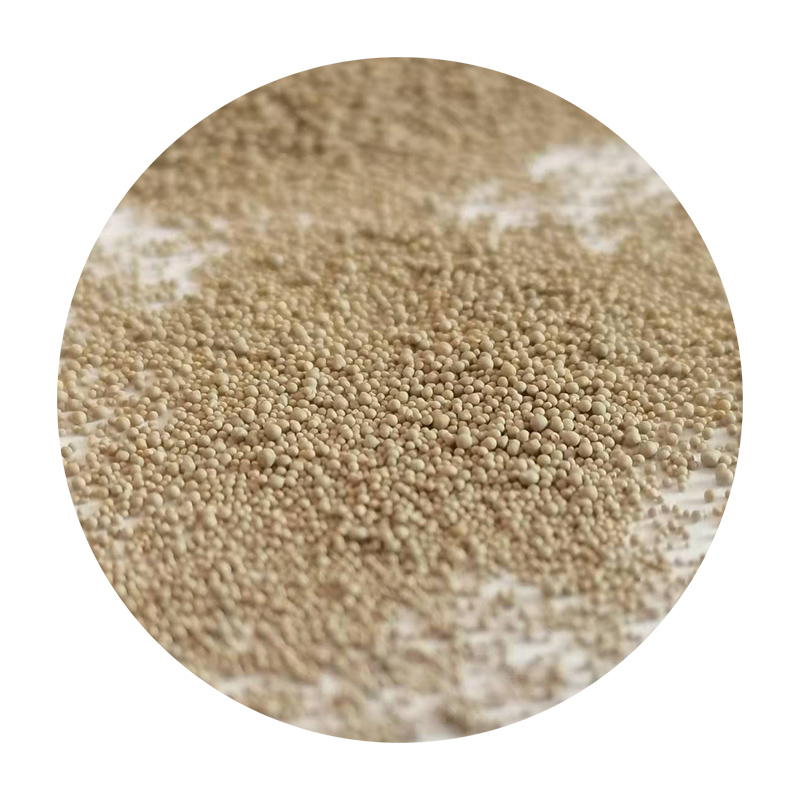Understanding Sand Casting Services A Comprehensive Overview
Sand casting, also known as sand mold casting, is one of the oldest and most widely used metal casting processes in the manufacturing industry. It involves creating a mold from a mixture of sand, clay, and water, which is then used to form a metal object. This method is particularly favored for its cost-effectiveness, versatility, and ability to produce complex shapes. In this article, we will explore the intricacies of sand casting services, what they entail, their advantages, and various applications in different industries.
What is Sand Casting?
At its core, sand casting is a process where metal is poured into a mold made from sand. The process begins with creating a pattern of the object to be cast, usually made from materials such as metal or plastic. This pattern is then coated with a release agent to prevent the metal from sticking to it. Once the pattern is prepared, it is embedded in a sand mixture that is compacted around it. After the sand has been shaped and hardened, the pattern is removed, leaving a cavity that is used to pour the molten metal.
The sand used in this process is typically silica sand, which is mixed with clay and water to enhance its binding properties. The resulting mold can withstand high temperatures, making it suitable for casting a wide range of metals, including aluminum, iron, and steel.
Advantages of Sand Casting Services
One of the primary advantages of sand casting services is their cost-effectiveness
. Compared to other casting methods, such as investment casting or die casting, sand casting requires less expensive equipment and materials, making it an attractive option for both large-scale manufacturers and small businesses.
Another significant benefit is the versatility of the sand casting process. It can accommodate a wide range of sizes and weights, from small components to large intricate parts weighing several tons. This flexibility allows manufacturers to produce products that meet specific needs and specifications, ranging from simple to highly complex geometries.
Moreover, the sand casting process is well-suited for producing low to medium volume production runs. It also facilitates rapid prototyping, allowing companies to create and assess prototypes before moving to full production.
sand casting service

Applications of Sand Casting
Sand casting finds applications in numerous industries due to its adaptability and efficiency. Some of the most common sectors that utilize sand casting services include
1. Automotive Industry Sand casting is widely used to manufacture critical car components such as engine blocks, transmission cases, and other complex shapes. Its ability to create intricate designs makes it ideal for producing automotive parts that require high precision and durability.
2. Aerospace Industry In aerospace applications, sand casting is often used to create engine components, structural parts, and housings. The lightweight yet robust nature of cast metals is crucial in this industry, where every gram counts.
3. Oil and Gas Industry Components such as valves, pumps, and flanges used in the oil and gas sector often come from sand casting processes. The ability to cast large, complex shapes makes it a preferred choice for manufacturing essential equipment.
4. Art and Sculpture Beyond industrial applications, sand casting is also used in artistic endeavors. Sculptors and artists often utilize the process to create intricate sculptures and decorative pieces.
5. Industrial Equipment Many manufacturing and heavy machinery components are produced using sand casting, including housings for electric motors, gear cases, and frames for various industrial machines.
Conclusion
In conclusion, sand casting services play a pivotal role in modern manufacturing, providing an economical and efficient means of producing a wide range of metal parts. With its rich history and ongoing evolution, sand casting remains a staple in various industries, driven by its versatility and adaptability. As technology advances, the sand casting process continues to improve, ensuring its relevance and importance in meeting the demands of contemporary production challenges. Whether for prototyping or full-scale production, sand casting offers solutions tailored to diverse needs, solidifying its status as a foundational technique in the world of metalworking.
Post time:دسمبر . 12, 2024 11:13
Next:how to sand a 3d print
